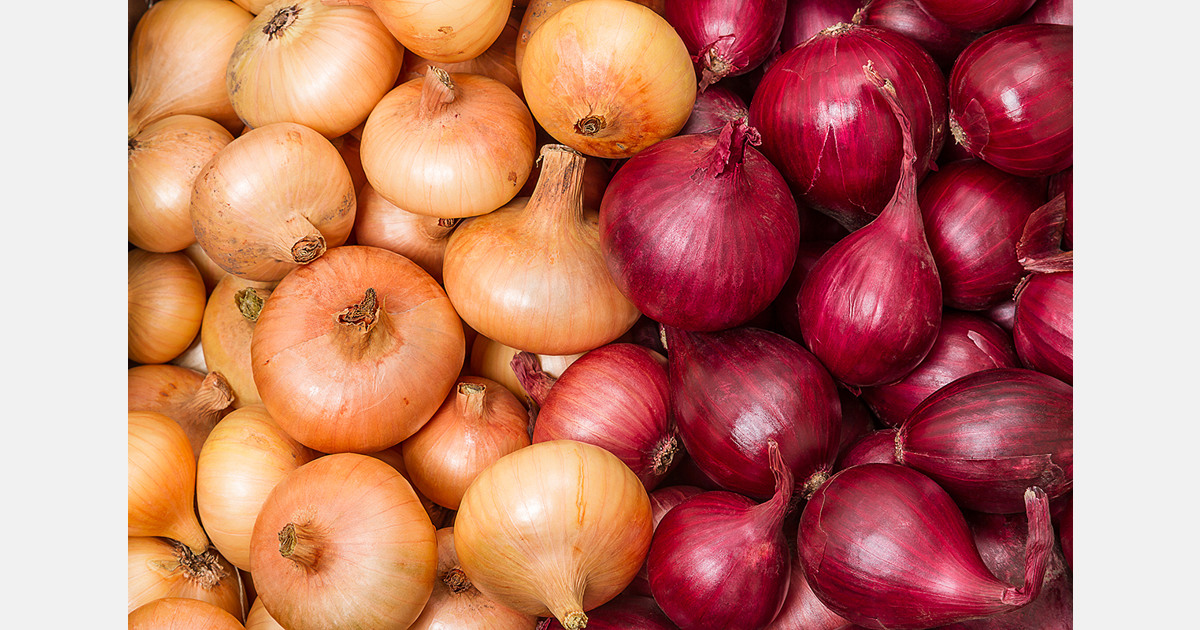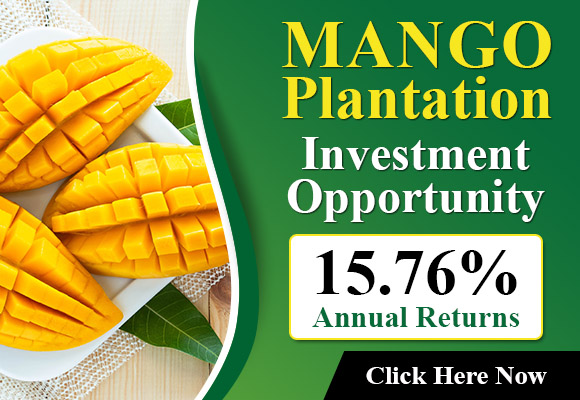
For the third consecutive year, Ukraine has entered the onion season with record-low prices. Analysts report wholesale levels at UAH 5–10 (US$0.12–0.25) per kilogram, with further declines expected as large volumes of medium and low-quality produce remain on the market.
Onion is the country’s second-largest vegetable crop after potatoes and a staple in the Ukrainian consumer basket. In the event of shortages, imports are required, which makes the crop a focus for both growers and traders.
Oleksandr Khorev, coordinator of the EastFruit Weekly Ukraine project, noted that production has spread nationwide, extending harvest into September during wetter conditions and fluctuating temperatures. “As a result, the onions get sick and quickly deteriorate in storage, losing their marketability before the New Year,” he said. While onions were traditionally harvested earlier in the southern regions under dry conditions, the later harvest across other areas has created greater storage risks.
The current price collapse is attributed to oversupply. “Over the past three years, many producers have relied on onions, expecting a steady rise in prices. No, prices will never be high if there is overproduction, i.e., supply exceeds demand,” Khorev explained. Large harvests in northern and western Ukraine have added to market pressure, with diseased and poorly stored onions dominating supply. These are expected to deteriorate before year-end, forcing accelerated sales.
The war has also reduced domestic demand due to population outflows. This imbalance between supply and consumption further weighs on grower margins. While consumers benefit from lower retail prices, professional farms face losses, especially when competing against new entrants lacking adequate growing and storage technology.
Khorev indicated that prices may rise in spring. “In March-April, prices for quality onions are likely to rise, and they will be able to keep until then,” he said, adding that volumes of such product will remain limited and depend on storage methods used.
In Western Europe, drying chambers support long-term onion storage, but these technologies are not widely used in Ukraine. Experts advise growers to invest in modern drying and storage systems and plan planting areas more carefully. Without such adjustments, the sector risks continued oversupply, losses, and sharp seasonal fluctuations.
Source: Kommersant
Source: The Plantations International Agroforestry Group of Companies
